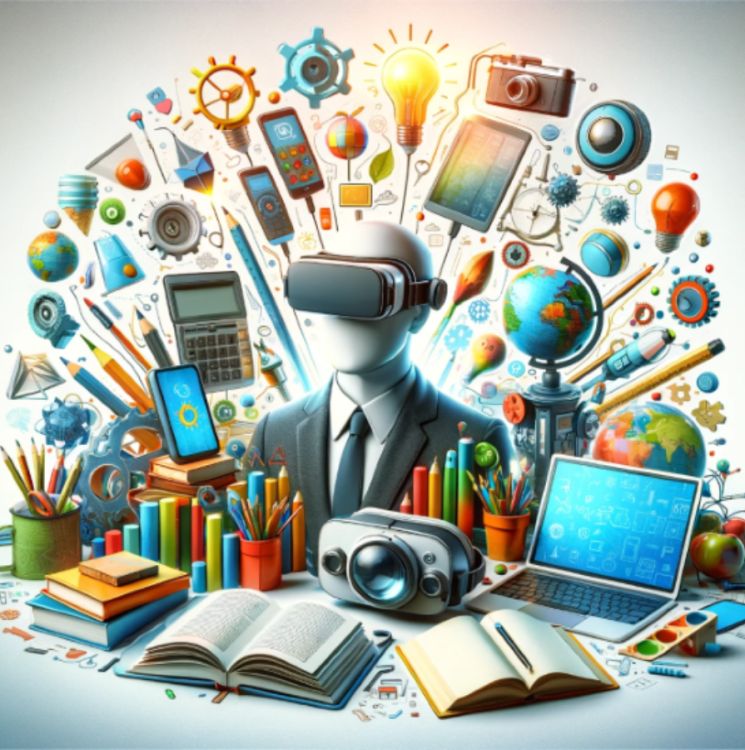
Technology has become an integral part of modern education, revolutionizing the way students learn and educators teach. From digital classrooms to personalized learning, the impact of technology is both profound and transformative. Here’s an exploration of how technology is reshaping education today:
Technology has broken down geographical barriers, allowing students from remote areas to access quality education. Online platforms, virtual classrooms, and e-learning courses enable learners to study at their own pace and convenience.
Modern education leverages technology to cater to individual learning styles. Adaptive learning software analyzes student performance and tailors content to address their unique needs, enhancing comprehension and retention.
Interactive tools such as gamified apps, virtual reality (VR), and augmented reality (AR) make learning immersive and engaging. These technologies help students grasp complex concepts by providing hands-on, visual experiences.
Collaboration tools like Google Classroom, Microsoft Teams, and Zoom facilitate seamless communication between students and teachers. Group projects and discussions are now more dynamic, fostering teamwork and global connections.
Digital libraries, open-source materials, and online databases provide students with a wealth of resources. Technology ensures access to up-to-date information, supporting research and academic exploration.
Integrating technology in education equips students with essential digital skills. Familiarity with software, coding, and online tools prepares them for the demands of the modern workforce.
Online assessments and AI-driven tools streamline the evaluation process. Teachers can provide instant feedback, track progress, and identify areas that require improvement, making education more effective.
The rise of mobile learning and on-demand courses allows students to learn anytime, anywhere. Technology empowers learners to balance education with other commitments, promoting lifelong learning.
Assistive technologies like screen readers, speech-to-text software, and customized interfaces ensure inclusivity. Students with disabilities can access education tailored to their needs, creating an equitable learning environment.
While technology offers numerous benefits, challenges like digital divide, data privacy, and screen fatigue persist. However, as innovation continues, the future of technology in education promises even more breakthroughs, such as AI tutors, blockchain for credentialing, and virtual global classrooms.
Technology is not just a tool but a catalyst driving educational transformation. By integrating technology thoughtfully, we can create a more inclusive, engaging, and effective learning ecosystem. As we move forward, embracing these advancements will be crucial in shaping the future of education and empowering learners worldwide.